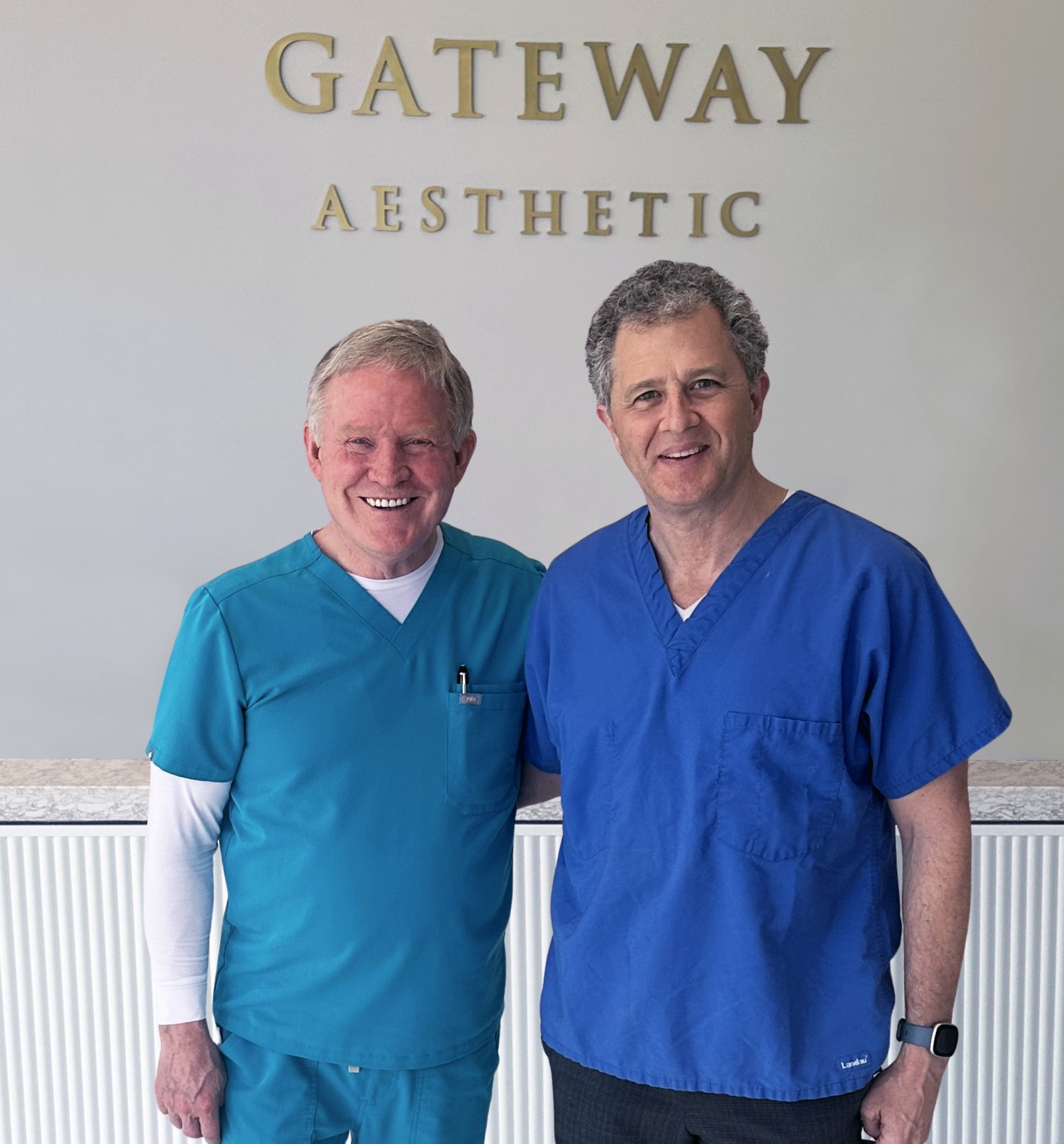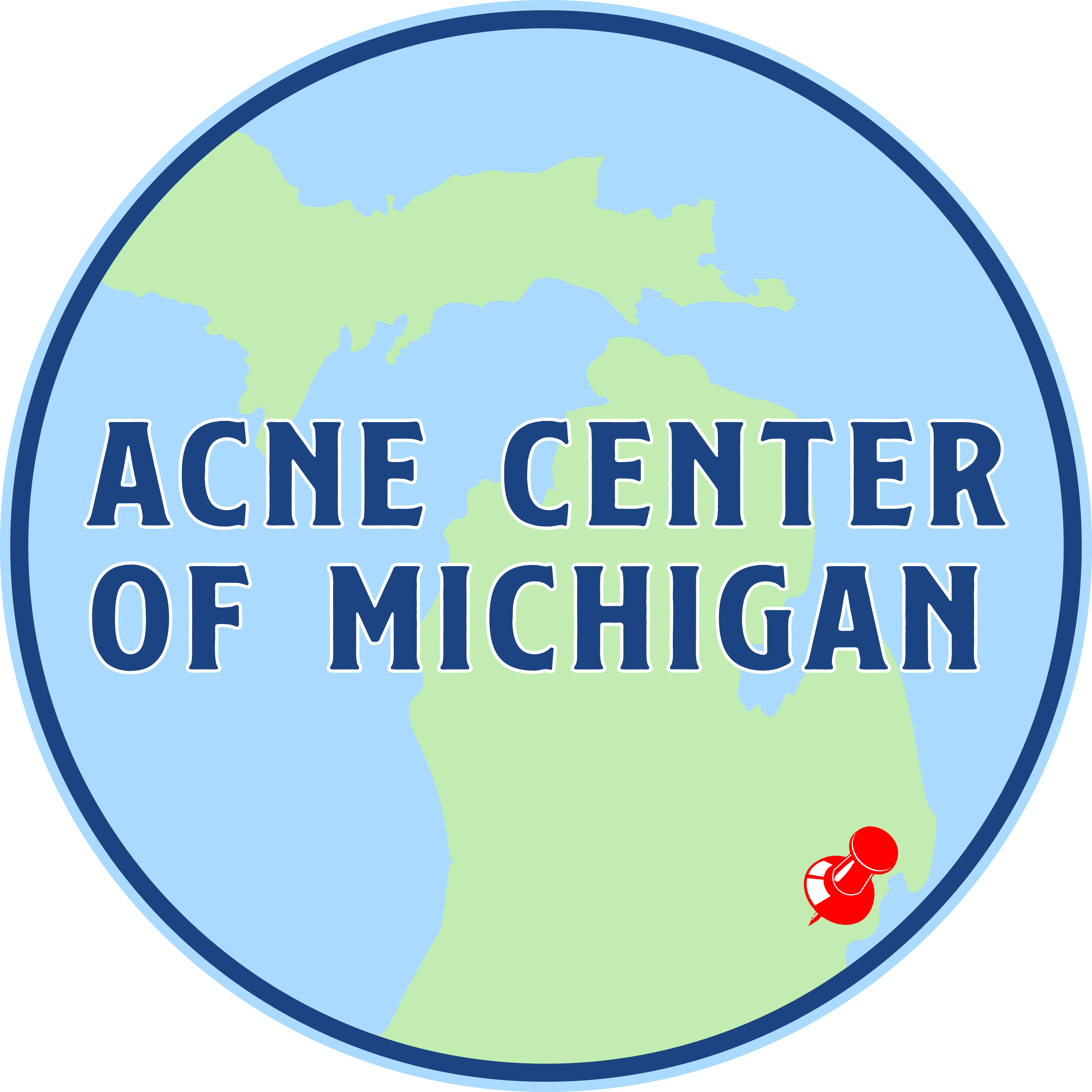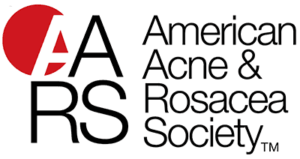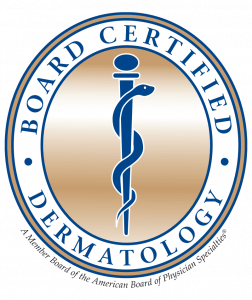

What is Subcision®?
Subcision® is a minor surgical procedure for improving the appearance of acne scars. It is also called "subcutaneous incisionless surgery.”
Certain acne scars, such as “rolling” or “boxcar” types, have tethering bands below the skin that pull the scar down making it look depressed. Subcision® is a technique that breaks these tethering bands, leading to a more even contour of the skin. Subcision can be safely performed in the outpatient setting and is usually well tolerated.
Subcision was originally described using a special hypodermic needle (Nokor Needle) inserted through a puncture in the skin surface. The sharp edge of the needle cuts fibrotic bands, tethering the scar to the underlying tissue. The main advantage of the Nokor needle is the sharp blade at the tip, which can easily dissect fibrotic bands. The downside is that it requires multiple entry sites and a greater risk of hematoma formation and nerve injury. Sometimes, a smaller gauge needle, such as a 25-gauge or 22-gauge needle is used if the scarring is localized and less severe.
A modified version of Nokor needle subcision uses a blunt-tipped Cannula (18 or 22 gauge). Studies have shown the effectiveness of this technique, with a reduction in the risk of hematoma formation and neurovascular injury. Also, a single-entry point can provide access to treat the entire cheek and temple. Our clinic has never seen any long-term adverse effects with a blunt-tipped cannula. Multiple sessions of subcision are typically required with a cannula since it pokes holes in the fibrotic bands rather than severing them.
A third instrument, the Taylor Liberator® (invented by Dr. Mark Taylor), is a steel instrument similar to a cannula but with one key difference- the tip is notched to snare and divide the scar bands much more effectively. Similar to a Nokor needle, there is a greater risk for bruising, hematoma formation, and prolonged numbness that can last weeks and even months. All numbness eventually resolves. The Taylor Liberator requires a single-entry point to reach all areas of the cheeks, jawline, and temples. Treatment of the forehead, however, would require a second entry point.
The use of Taylor Liberator has become a subject of discussion in public chat rooms such as Reddit. Some have complained of ‘sagging’ of the skin after undergoing subcision by Taylor Liberator. Dr. Craig Singer trained with Dr. Taylor, learning the proper technique. If performed in the correct plane, the Taylor liberator will not disrupt deep facial ligaments or cause sagging. However, it is critical that tumescent anesthesia be performed to create a safe plane of dissection.
Subcision is performed with the use of local anesthesia (lidocaine) and sometimes oral sedation. If there is a large area of scar involvement, tumescent anesthesia will be used. The procedure is painless once the local anesthesia takes effect. The numbing involves injecting large amounts of dilute local anesthesia (saline, lidocaine, bicarbonate, and epinephrine) under the skin using a spinal needle. Your cheeks may look like a "chipmunk" for a couple days. Swelling resolves in 2-3 days. However, numbness may persist for several days, weeks, or even months depending upon whether Cannula or Taylor Liberator is used. An entry point in the sideburn is made for both the cannula and the Taylor Liberator which heals without a scar.
Dr. Craig Singer with Dr. Mark Taylor, inventor of the Taylor Liberator.


What are the indications for Subcision®?
The decision to perform Subcision will depend on the type, location, and severity of scarring along with patient preference.
Subcision® is best used for the treatment of rolling and boxcar acne scars and may be used for other types of scars such as from chicken pox.
Subcision® is safe and effective in skin of color.
How many treatments will I need?
This will depend upon the degree of scarring, the type of scarring and the type of device used.
With a Cannula, multiple sessions are necessary, perhaps 3-4. Sessions are typically spaced apart by 6 to 8 weeks.
With a Taylor Liberator, usually just a single session is necessary, though occasionally a second one is required if the scars are dense.
How is Subcision® performed?
- The areas to be treated are circled in washable ink.
- Local anesthetic is instilled just below the skin for comfort. Depending upon the area to be treated, a large amount of dilute anesthetic (i.e., tumescent anesthesia) may be needed. -This will reduce the amount of bruising and help highlight the scars.
- An introducer puncture using a 16 g needle or #11 blade is made in the sideburn allowing the smooth introduction of the cannula or liberator. The cannula or liberator is passed back and forth until all bands are released.


Frequently Asked Questions (FAQ)
How much downtime is there after Subcision®?
There are about 1-3 days of downtime after the procedure.
What should I expect after the procedure?
Swelling resolves in 72 hours.
Bruising and tenderness resolve in 7-14 days. Tylenol is fine for pain relief.
Hematoma formation is rare. In order to minimize this risk, we wait 15 minutes after instillation of dilute anesthetic to allow vasoconstriction to take place and then inject additional numbing after that. Immediately after the procedure we will apply direct pressure for 5 minutes. We ask that you apply ice afterwards 20 minutes on and off. Temporary discoloration (rare) may persist for a couple months.
Numbness usually resolves in a few days when using a cannula, but may last several months with Taylor Liberator.
What are potential risks and complications of Subcision®?
- Hematoma due to bleeding (a small hematoma is normal and there is a lot less bruising with the cannula)
- Temporary swelling “Chipmunk Cheeks” for several days
- Temporary pain/tenderness of treated sites
- Hypertrophic (i.e., thick) scars or keloid scars (rare)
- Infection requiring antibiotics (rare)
- Temporary numbness
- Temporary darkening of skin –hyperpigmentation. (rare)
- Sub-optimal response or lack of improvement in scarring
- Worsening of scarring (rare)
- Injury to nerve or blood vessel (rare).
Does the Taylor Liberator produce facial sagging?
The use of Taylor Liberator has become a subject of discussion in public chat rooms such as Reddit. Some have complained of ‘sagging’ of the skin after undergoing subcision by Taylor Liberator. Dr. Craig Singer trained with Dr. Taylor, learning the proper technique. If performed in the correct plane, the Taylor liberator will not disrupt deep facial ligaments or cause sagging. However, it is critical that tumescent anesthesia be performed to create a safe plane of dissection.
Is there an alternative to subcision?
If an acne scar is tethered and bound down causing the skin to show a saucer like depression, the tethering band must be released with subcision. Both laser and microneedling are ineffective stand-alone treatments for tethered scarring.











